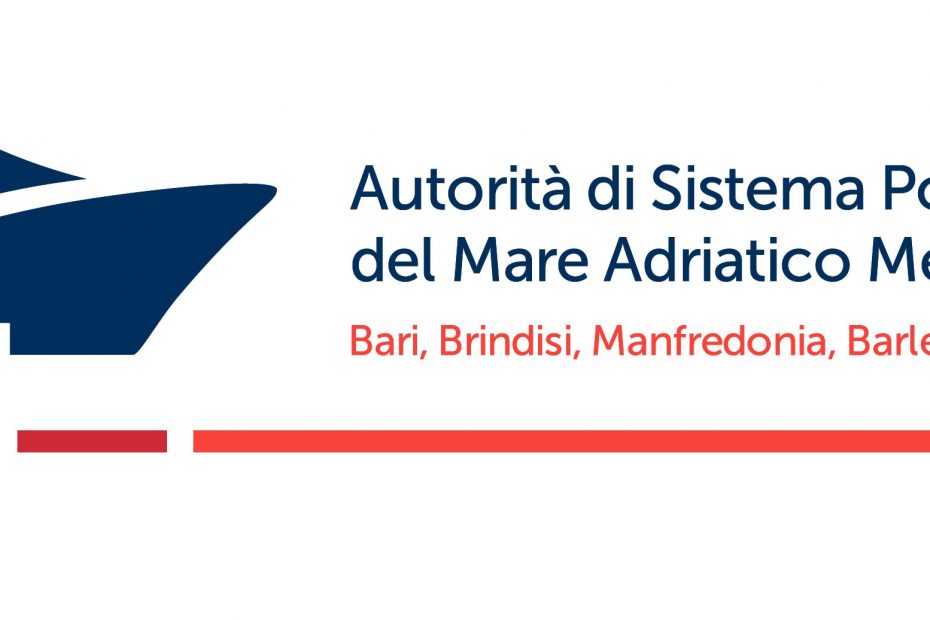Streamline the flow of goods through the use of highly efficient ICT tools, promote Port Community and ICT systems in order to improve communication and coordination with local, private and public port stakeholders.
These are the objectives that the Southern Adriatic Sea Port Authority (ADSPMAM) has achieved through the pilot action envisaged as part of the PROMARES project. Specifically, the upgrade of the Port Community System GAIA (Generalized Automatic exchange of port Information Area), an IT platform, active for some years not only in the Port of Bari but also in Barletta, Brindisi, Manfredonia and Monopoli, was planned.
The PCS GAIA allows to trace, connect and facilitate the exchange processes of ships, people and goods and was created with the aim of implementing the intelligent and secure exchange of information between public and private entities of the maritime-port cluster, to optimize, manage and automate port and logistic services by creating efficient processes, reducing procedure times and minimizing the use of paper documents. Detailed information, in particular on traffic conditions, is also made available to haulers who can thus decide the best possible route to reach boarding, and request online authorizations for accessing the port and security areas.
GAIA also constantly monitors the entire port process in real time, provides for information on the status of boardings, weather conditions, departure and arrival times of ships through the tracking function by which passengers are also aware of the travel information, which they can instantly view on their mobile devices for free with constant and timely updates, making the travel experience more peaceful.
The PROMARES project has enabled the Southern Adriatic Sea Port Authority (ADSPMAM) to implement targeted interventions capable of improving and strengthening IT security, in relation to:
– Perimeter security: strengthening the technological safeguards for the protection of networks and their perimeters with the aim of increasing the ability to promptly identify an intrusion attempt and to improve their defensive capabilities. (PCS Gaia, in the five ports of the ADSPMAM, was equipped with a technological solution known as NGFW Firewall “Next- Generation Firewall” able to guarantee continuous protection through the functionalities of Web Content, Filtering, Anti-Virus, Anti-Spam, Intrusion Detection and Prevention, Application Intelligence, SSL VPN Client, Web Application firewall (WAF), SD-WAN “Software-Defined Wide Area Network” solutions);
– Backup and Disaster Recovery: with the aim of guaranteeing the continuity and operational availability of the Gaia PCS, and its rapid recovery following serious damage caused by cyber-attacks, accidental events, sabotage, natural disasters or other problems. In particular, it was necessary to equip the five ports of the ADSPMAM with a new hardware server capable of meeting the minimum-security objectives in terms of:
– storage capacity: in order to ensure a longer period of data preservation/maintenance (RPO – Recovery Point Objective) as well as high disk performance in I/O operations (read/write cycles)
– size and performance: capable of guaranteeing high performance in terms of data processing and network speed to support backup and/or recovery activities, ensuring at least one daily copy of the entire virtual infrastructure, as well as small physical dimensions capable of being hosted in high density environments
– recovery time: RTO (Recovery Time Objective) refers to the concept of ensuring adequate recovery times for core services between the occurrence of the damaging event and the complete restoration of the systems themselves.
A real revolution, therefore, where technology and man work together, using analytical data to develop right market decisions and carry out faster and safer port operations. These new processes, in addition to implementing the efficiency of an infrastructure, can improve its performance and economic competitiveness, for the benefit not only of the ports and its territory, but of the entire supply chain, with a decisive impact on the environment safeguard, cost reduction and better services to users.
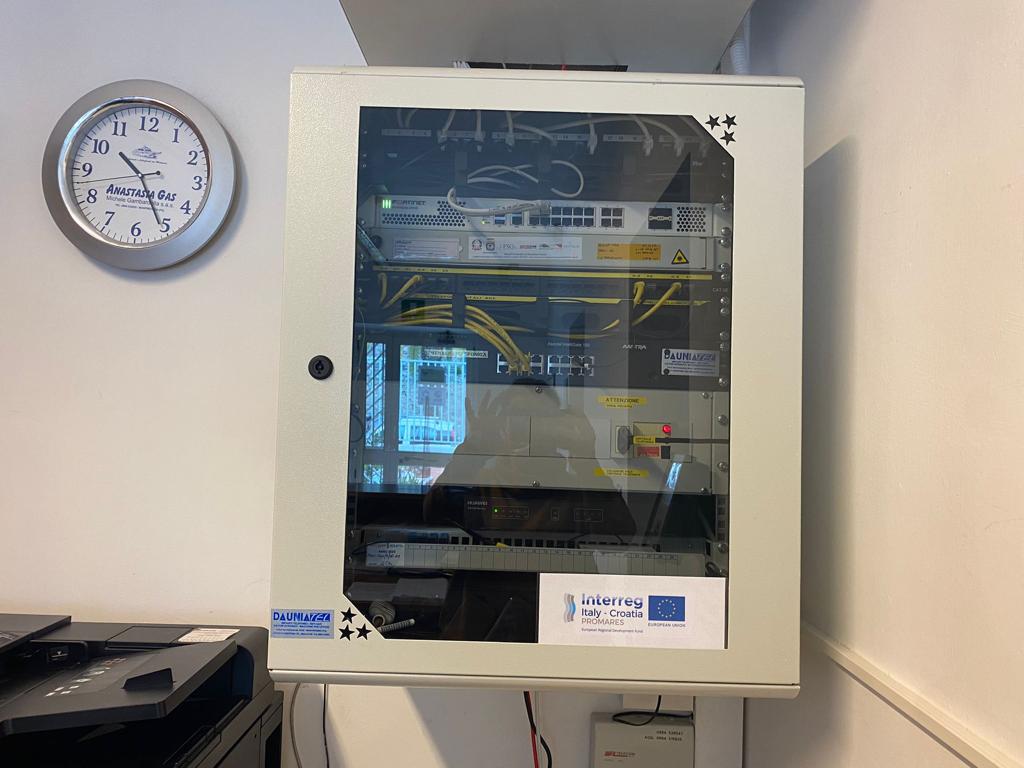
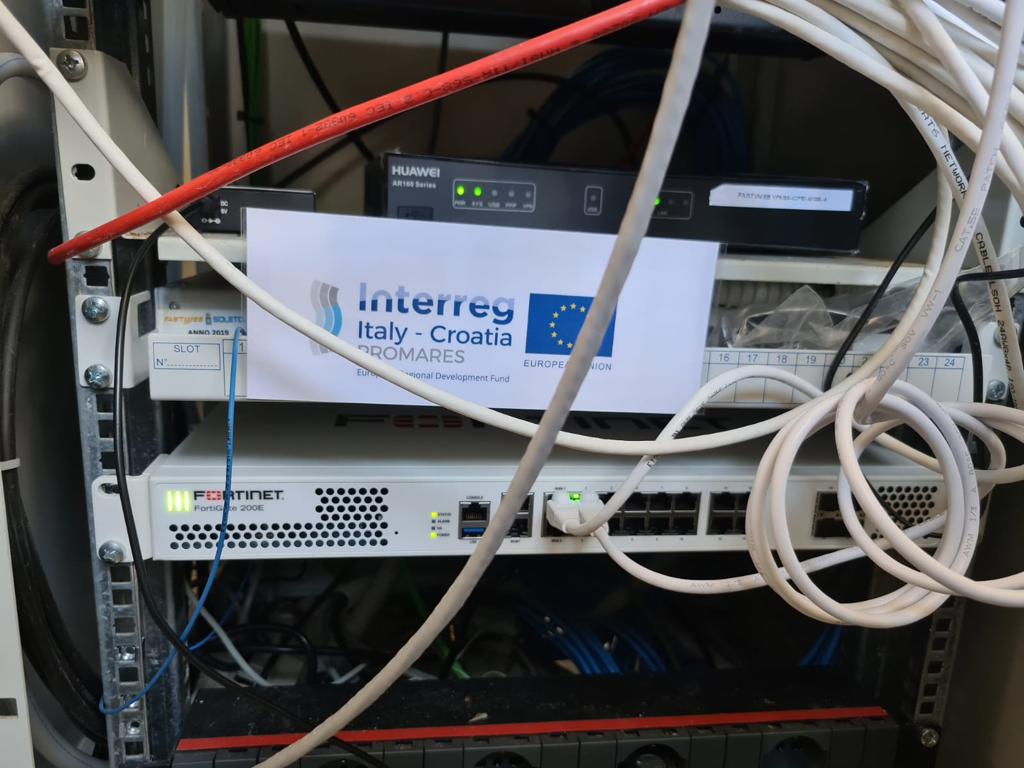
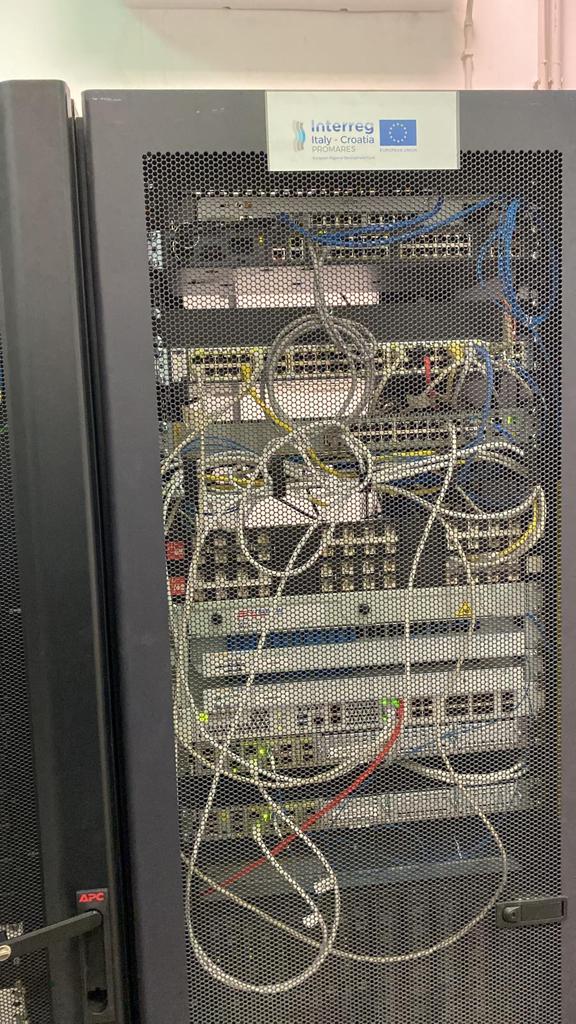
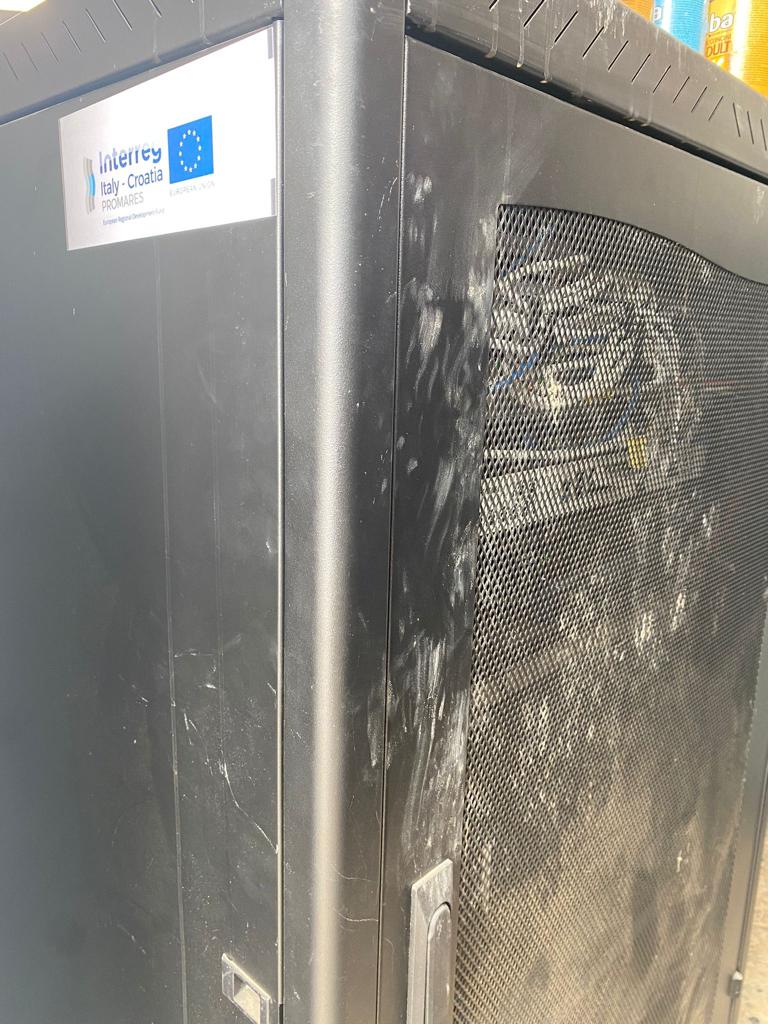
Share this article in your social media
Although we ensured to have up-to-date and accurate information, the publisher OPEN ENLoCC, nor the editor and the author, are not liable for errors and omissions. The publisher and the editor did not test products or services described and their inclusion does not imply any form of endorsement. By accepting advertisements in this publication, the publisher does not warrant their accuracy, nor accept responsibility for their contents. The publisher welcomes unsolicited manuscripts and illustrations but can accept no liability for their safe return. Reproduction (in whole or in part) of any text, photograph or illustration contained in this publication without the written permission of the publisher is strictly prohibited.
© 2022 OPEN ENLoCC All rights reserved.
European regional review, Issue SPECIAL 2022/2

